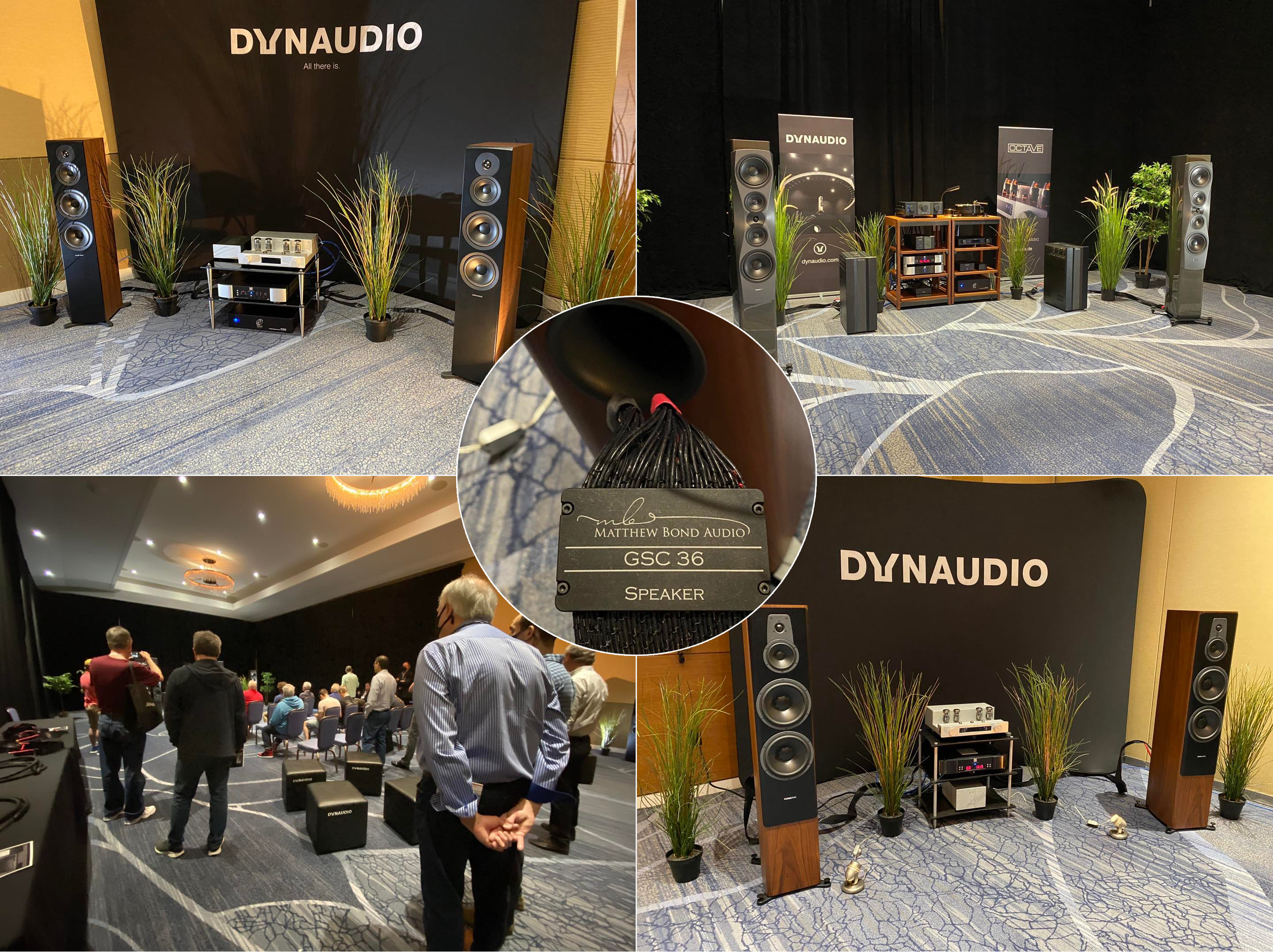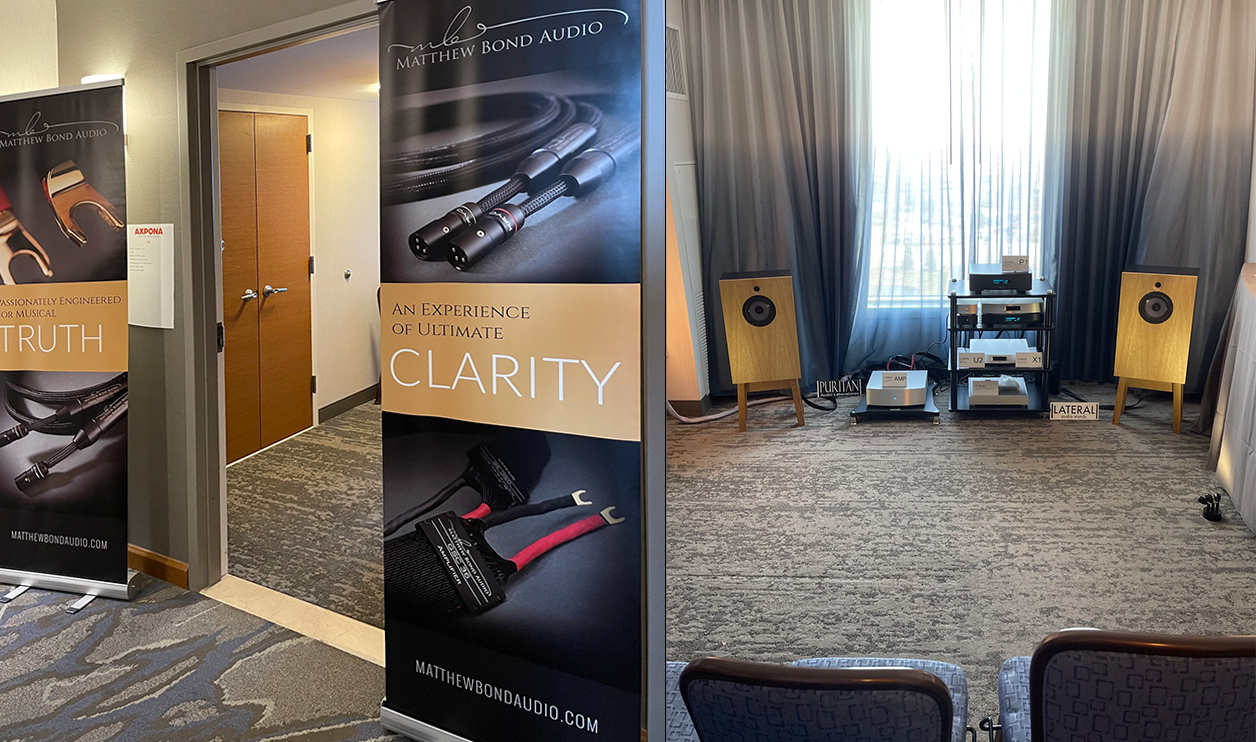Hifi specs are a fertile breeding ground for expectations. According to Matthew there's a 4-octave difference between his interconnect and one that specs at 24pF/ft. If we assume that all hifi cables are good to at least 100kHz well past our hearing, why worry about more bandwidth? In digital, signal approximates an analog square wave whose two voltage states represent 1 + 0. Now bandwidth into the GHz range equals precision when only unlimited bandwidth allows extreme rise times for the pure vertical edges which define a square wave. Reality doesn't allow for unlimited bandwidth or perfect square waves so digital cables/circuits pursue the next best thing. Similar thinking applies to amplifiers from Kinki to Spectral which may operate from DC-2.5MHz. Here bandwidth expresses speed and absence of phase shift in the audible band. Should Matthew's goal of lowest possible capacitance in cables pursue similar things? Expectations may be pig-headed but still we have them. So it's good to articulate assumptions. I felt that parsing playback's treble and associated qualities would be good with Matthew's XLR leash. Lower speaker-cable inductance seemed to promise Børresen-type reflexes and control. How about gushier energy transmission from jumpier dynamics and unfettered transients?

When we tell a dog 'bad dog' and he knows not why, it's in vain. Likewise if we don't grasp why high inductance is bad. "Inductance is an electrical conductor's tendency to oppose changes in its current flow. The flow of current creates a magnetic field around the conductor whose strength depends on the current's magnitude and reflects all changes to it." The principle triggers by variable current which sets up a braking effect like a rev limiter. Music is not steady-state but constantly changing signal. It's intuitive why inherent opposition to its variable nature is undesirable. As self inductance, inductive braking already factors with one conductor. Then it expands as mutual inductance between adjacent currents. As long as music current isn't constant because we're not listening to endless ostinato at one volume, inductance is unavoidable. In cables, conscientious design relative to conductor type, size and spacing can minimize it. Now expectations imagine sonic benefits of lower inductance as lesser opposition to, braking of or damper on the signal. Elsewhere we read that "cable inductance is a prime cause of high-frequency attenuation and phase shift. Inductance causes impedance to rise with frequency, resulting in attenuation of the uppermost range. It also degrades a loudspeaker's overall transient response." Elsewhere again we read that some amplifiers want to see a certain cable inductance which could suggest against a cable which drives that parameter way down. To know for sure, we must listen for ourselves.
When two months passed since my review acceptance, I emailed Matthew. "We were busy with Axpona where aside from our own room we cabled three Dynaudio systems. Then I needed a few days to get back into my body. I reviewed your cable requirements several times and don't see a problem making up the 6-meter interconnects. I would say that I'll be able to ship in about 3 weeks. I'll include the Cascade Noise Version 2 burn-in disc. Just play it at a low volume to start then progress to about 75dB as measured from the listening position. If that's too loud just reduce the volume. It is the most effective burn-in disc ever made. Please note that you'll need a few hundred hours before MB Audio cables are broken in."

He included two early owner comments. From Jeff in California, "you must know that your cables are really something special. I never heard such an improvement in my system that rivals that from your cables. I did experience differences upgrading my dCS stack but never as with the Matthew Bond Audio cables. Details, soundstaging and imaging are stunning. The transparency and power of your cables is greater by far than any other cables I've heard. There are new details in the music made available with such remarkable ease." Bill in Florida: "I don't believe that any component I upgraded made such a significant improvement in the sound quality of my system… virtually every aspect improved across the entire frequency spectrum, micro and macro dynamics, imaging etc. But what makes these cables so unique and a first for me is that they bring such life to the music that I feel and think that real music is occurring…"

Happy customers are ace. Without knowing comparators, we're simply in the dark how to reference their enthusiasm. Reviewers who exult "better than competitors x 10 their price" remain equally vague. Usefulness demands specifics. Hello proviso. Were these cables to venture where none of mine do, I'd know nothing comparable. My checkbook remains blissfully ignorant of what the best AudioQuest, MIT, Nordost, Siltech or ZenSati—add to this list at will—do for the size of before/after. At best I'd acknowledge that Matthew's stuff trounced mine. That'd be no more useful than the enthusiasm of Bill or Jeff. Unlike them I'd simply name what it eclipsed.